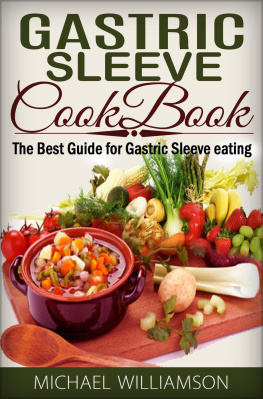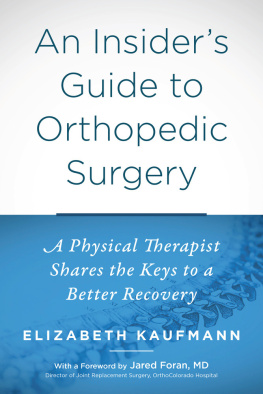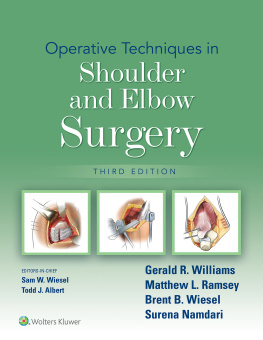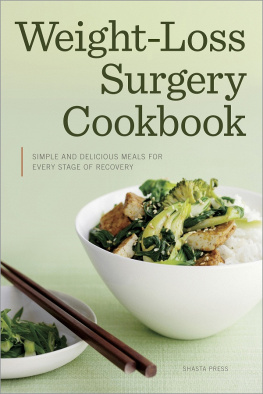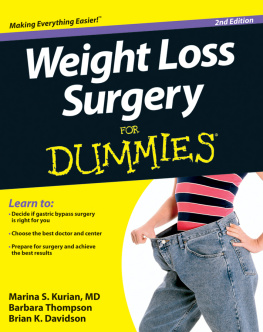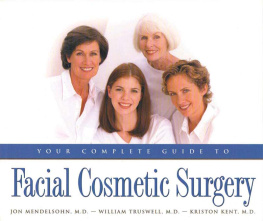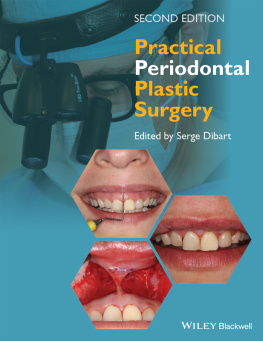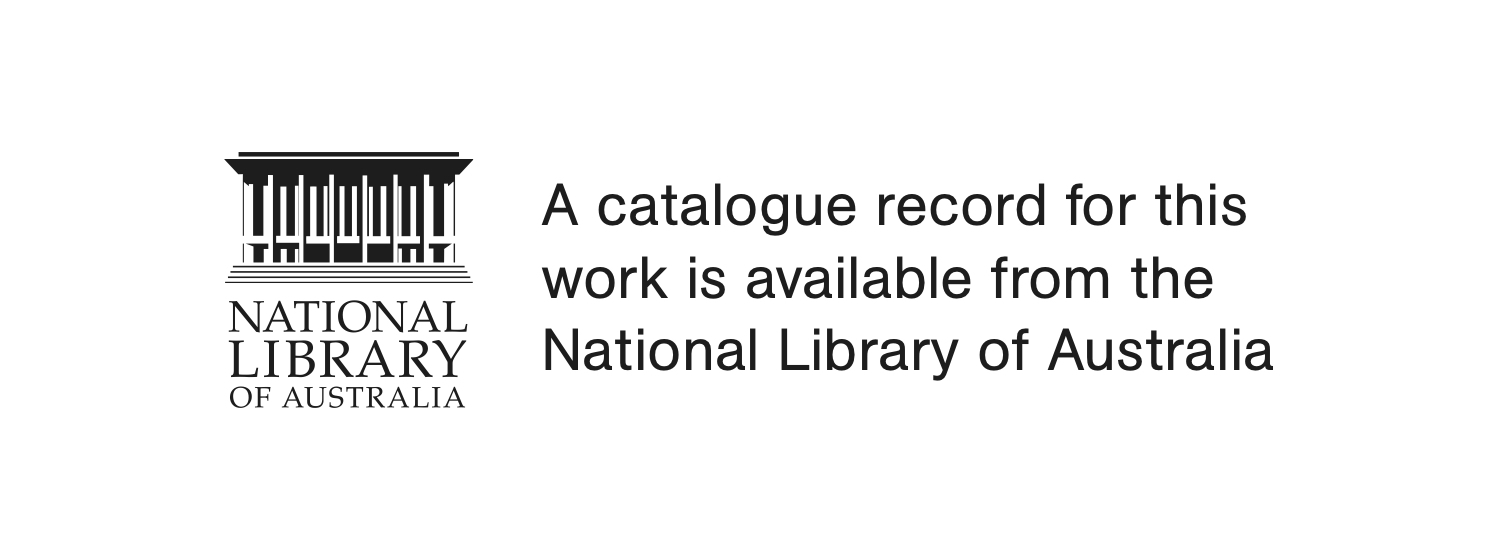How to Recover from Shoulder Surgery
Safe, Effective Recovery:
A Physiotherapist Shares 40 Years Experience Rehabilitating Shoulders
Bruce Paulik
Musculoskeletal Physiotherapist
BSc (Anatomy), BAppSc (Physiotherapy), GradDipMT
Legal Notices
Title
How to Recover from Shoulder Surgery
Safe, Effective Recovery: A Physiotherapist Shares 40 Years Experience Rehabilitating Shoulders
Author
Bruce Paulik 2020
Disclaimer
The medical and health information provided throughout this book is of a general nature and is provided as an educational resource. This general information about health conditions, surgery and treatment should not be used as an alternative to professional medical advice. This book does not address individual health circumstances, and so the relevance of the information provided should be confirmed by a qualified health professional such as a doctor, physiotherapist, nurse or pharmacist. The information is provided without any representations or warranties, expressed or implied. On this basis, the author and publishers disclaim all responsibilities for any loss, injury, claim, or damage of any kind resulting from the use of the information provided in this book.
Copyright
All rights reserved. No part of this publication may be reproduced, stored in a retrieval system, or transmitted in any form or by any means, electronic, mechanical, photocopying, recording or otherwise, without prior written permission of the publisher.
Publisher
BTM Publishing
PO Box 248
Claremont WA 6910
Australia
ISBN: 978-0-6489127-1-2 (ebook)
ISBN: 978-0-6489127-0-5 (print)
Contents
Dedication
For my wife Tracey-Maree and son Michael, who inspire me and constantly encouraged me to write this book.
About the Author
B ruce is an Australian Musculoskeletal Physiotherapist who has been in practice for over 40 years. His areas of special clinical interest include shoulder and neck pain, and orthopaedic shoulder rehabilitation.
Bruce started his special interest in shoulders during his studies at University - initially a Science Degree majoring in Anatomy, then his Physiotherapy Degree. This special interest continued during his postgraduate studies in Musculoskeletal Physiotherapy, and while teaching physiotherapy students.
He started in Private Practice in 1978, and by 1994 was also the Director of Physiotherapy Services at St John of God Hospital Murdoch. Over a 10-year period Bruce spent the majority of his clinical time working with the orthopaedic surgeons at Murdoch to provide shoulder rehabilitation programs.
He has always said that he is never happier than when working with patients to help them return to a full and active life. As a Musculoskeletal Physiotherapist Bruce has always felt like a clinical detectivewatching for clues in a patients story and their physical examination, and then coming to a diagnosis of a patients pain or dysfunction. He sees that return to normal and pain free function is a partnership between the therapist and patient, with his role as both treating therapist and educator/coach.
Bruce has taught physiotherapy students and lectured to medical practitioners about shoulder rehabilitation. He has been involved in clinical research in his area of special expertisethe management and treatment of shoulder problems. He has also served on various state and national committees of the Australian Physiotherapy Association.
Bruce is in practice at HFRC, a clinic in Nedlands, Western Australia, and consults there and online through telehealth video consultations. Go to www.hfrc.com.au.
Acknowledgements
Thank you to all my patients, from whom I have learnt the lessons that I have included in this book.
I am grateful to all the physiotherapists and medical practitioners who, over the past 40 years, have taught, mentored, lectured and shared with me the wisdom of their knowledge and experience of treating shoulders.
Healing...
Healing is a matter of time, but it is sometimes also a matter of opportunity.
Hippocrates, the Father of Medicine
Physiotherapist or Physical Therapist
Throughout this book I will use the titles Physiotherapist and Physical Therapist interchangeably.
In the US the term Physical Therapist is widely used, although the use of Physiotherapist is becoming more common.
In most other countries Physiotherapist is used.
Chapter 1: A Tale of Two Shoulders
L et me tell you the story of two patients with the same surgery on the same day who ultimately had very different recovery paths.
It was 1997. The young orthopaedic surgeons in the medical centre where my clinic was located were well-trained and using the latest techniques in shoulder surgery. On a Wednesday in mid-July two men presented for their first rehabilitation session 5 days after rotator cuff shoulder surgerylet's call them Bill and Jim.
Jim was 39 years old, fairly fit, but irritated that this process was taking him away from his work. He had had a moderate size rotator cuff tear repaired. Bill was 82 years old, fit and keen to get on with his rehabilitation. He also had a moderately sized rotator cuff tear repaired by the same surgeon with the same technique on the same day. At this point most clinicians would expect that Jim, being 40 years younger, would make a faster recovery than Bill.
This was not to be the case.
Jim had done no preparation for his surgery. He was unaware of the details of his shoulder surgery and had read none of the printed materials supplied by the surgeon. He had not taken the surgeon's advice to see me for an exercise program prior to the surgery. Since the operation he was struggling at home with simple daily activities such as washing and dressing.
Bill, on the other hand, was well prepared for the surgery. He had in fact been to see me three weeks earlier and started a simple exercise program. He had read everything he could lay his hands on, so knew the post-operative process and how to manage at home, despite living alone.
From this point on, the differences between Jim and Bill increased further. Jim often missed review sessions with me, and at these sessions admitted to going at times several days without doing his simple home exercise program. His unspoken attitude was that if the surgeon had done an expert job, he shouldn't need to do any more.
In contrast, Bill kept appointments, did a few minutes of exercise every day as instructed, but was careful not to over-stress the shoulder, and so protecting the repairing rotator cuff from injury.
And so how did Jim and Bill progress in their recovery?
It would be great if I could say that with an excellent orthopaedic surgeon and the latest modern surgical techniques that they both had the same progress! Obviously this wasn't the case, otherwise I wouldn't be telling the story, I wouldn't need to write this book, and you wouldn't need to read it.
Bills progress was better than averagehis pain settled quickly in the postoperative period. By the time the surgeon allowed him to stop using the sling 5 weeks after surgery, his range of shoulder movement was improving rapidly. Importantly, he had coped well at home with his arm in a sling for 5 weeks. At 3 months he had almost full range of movement; by 6 months he was doing a return to golf rehabilitation exercise program.


